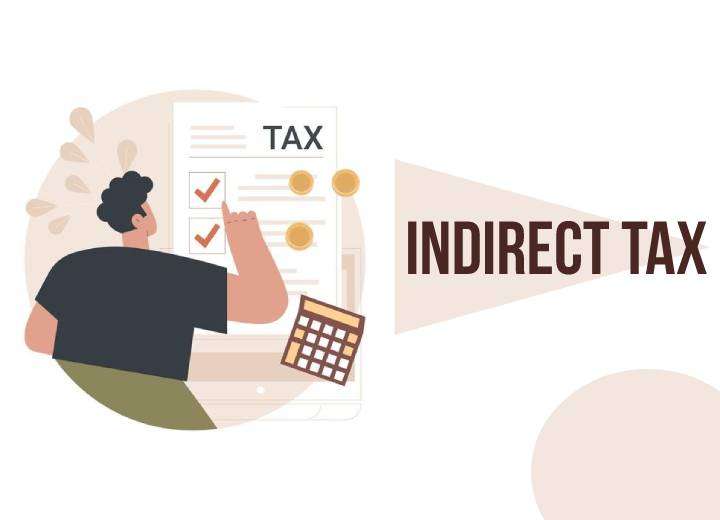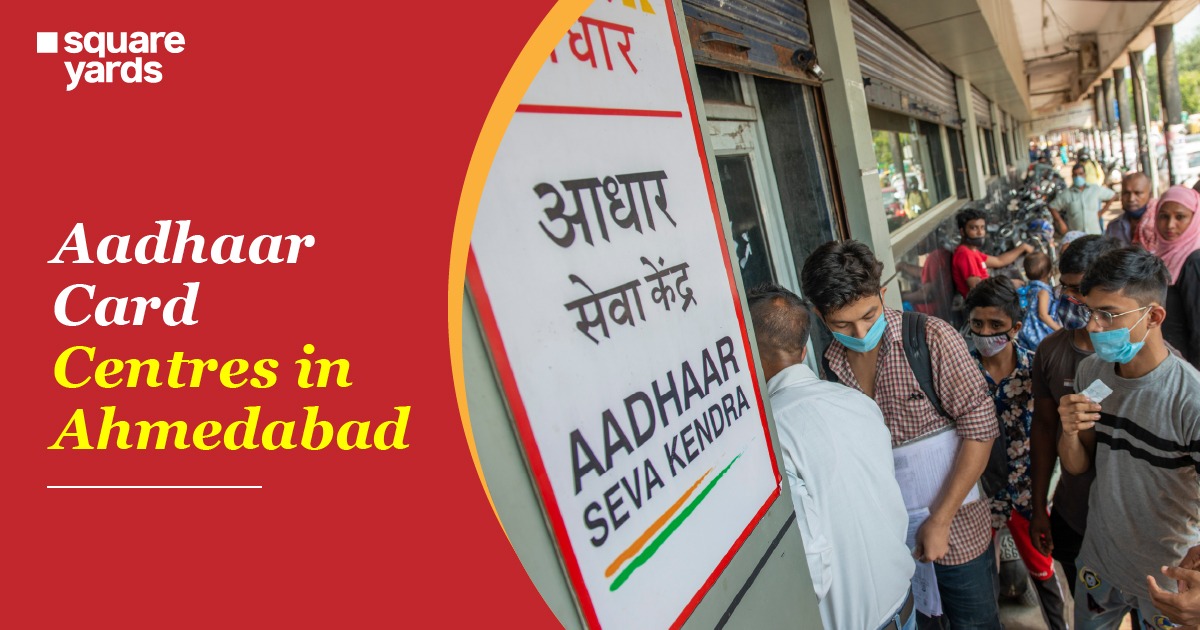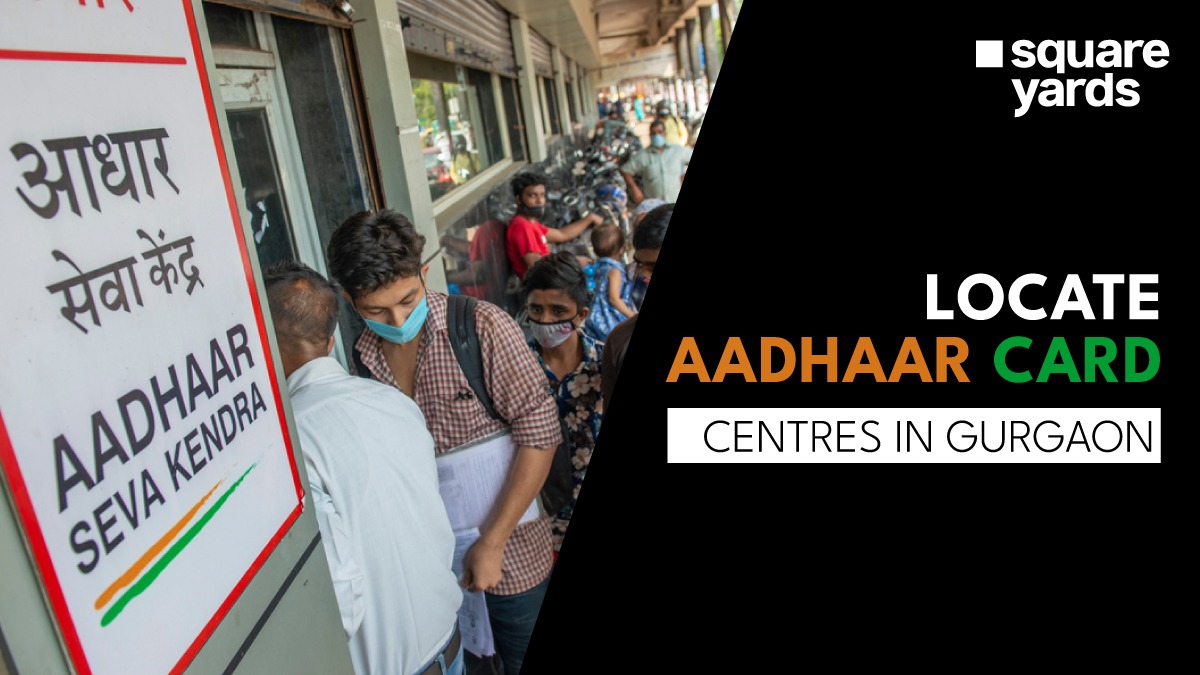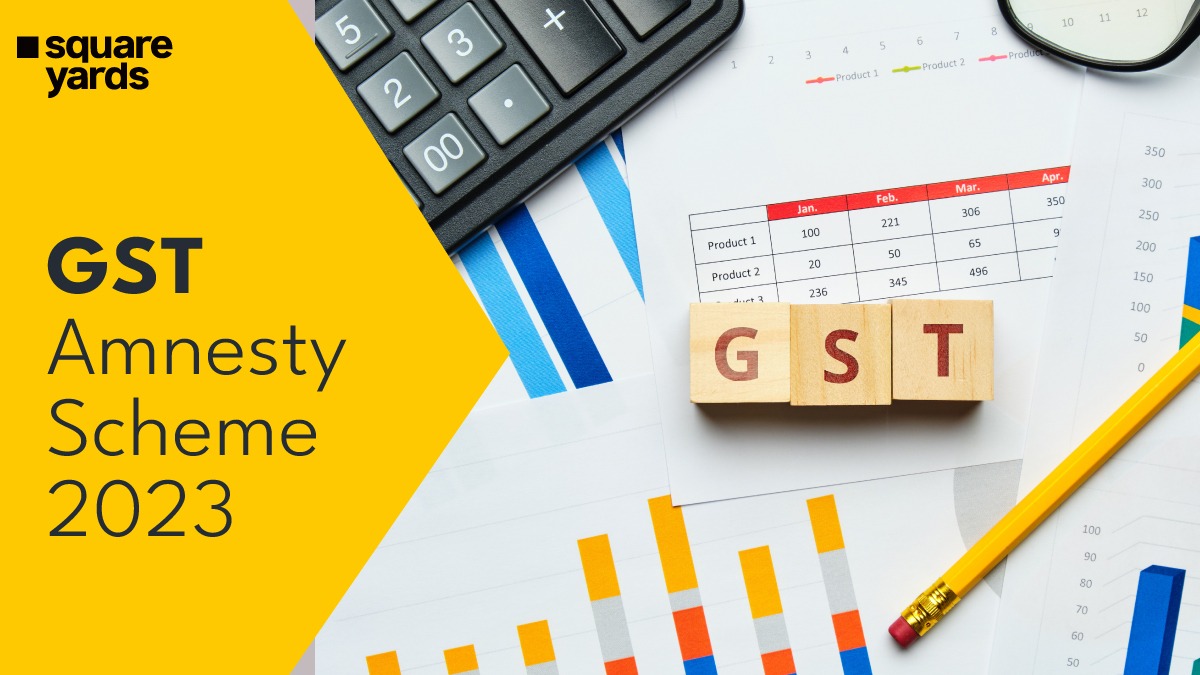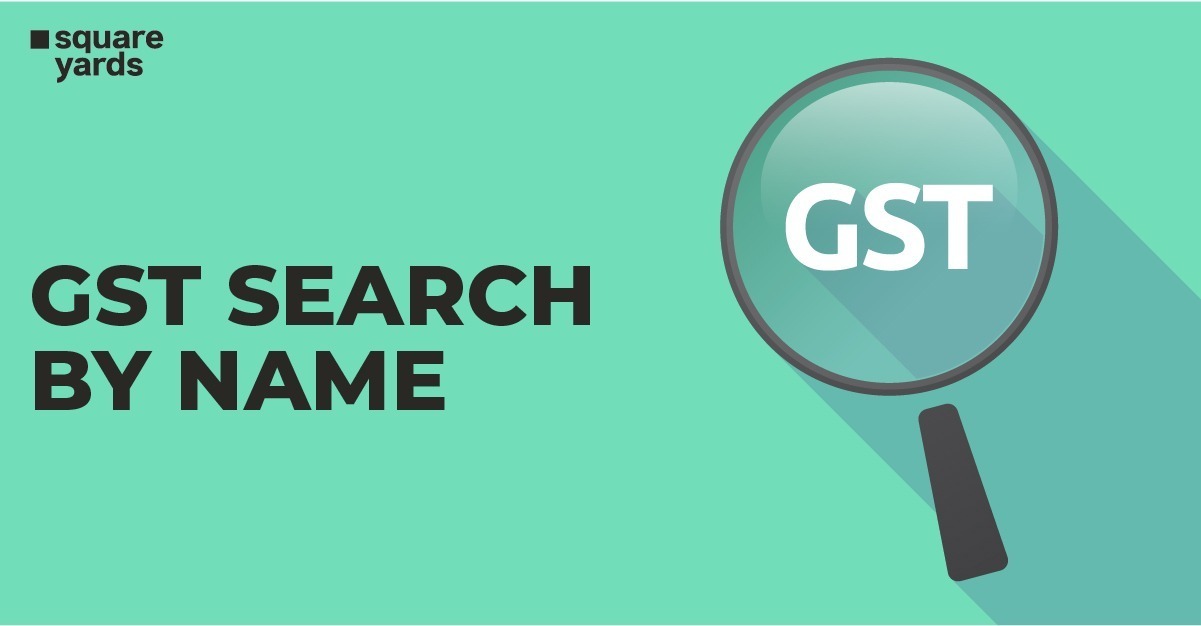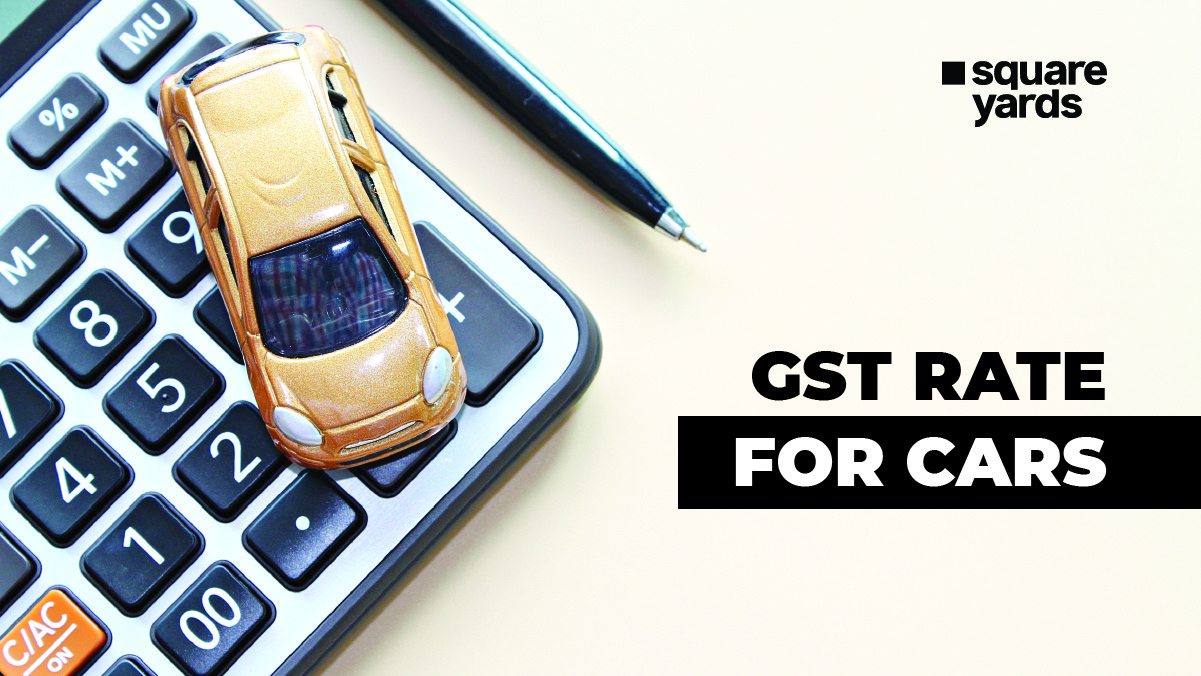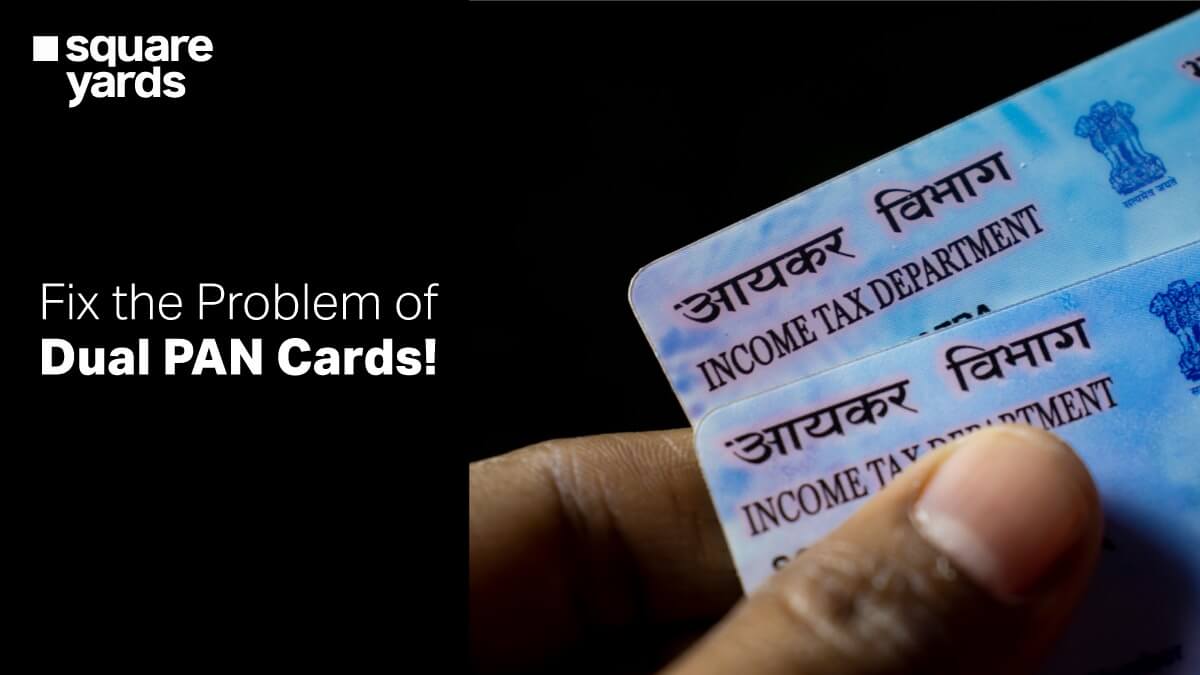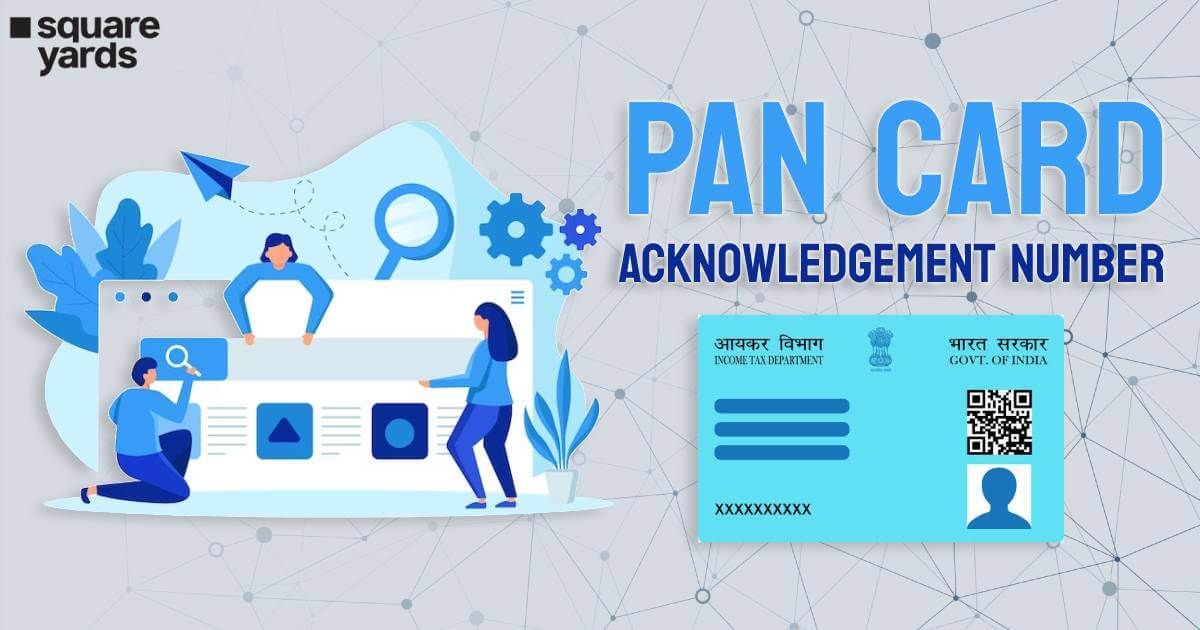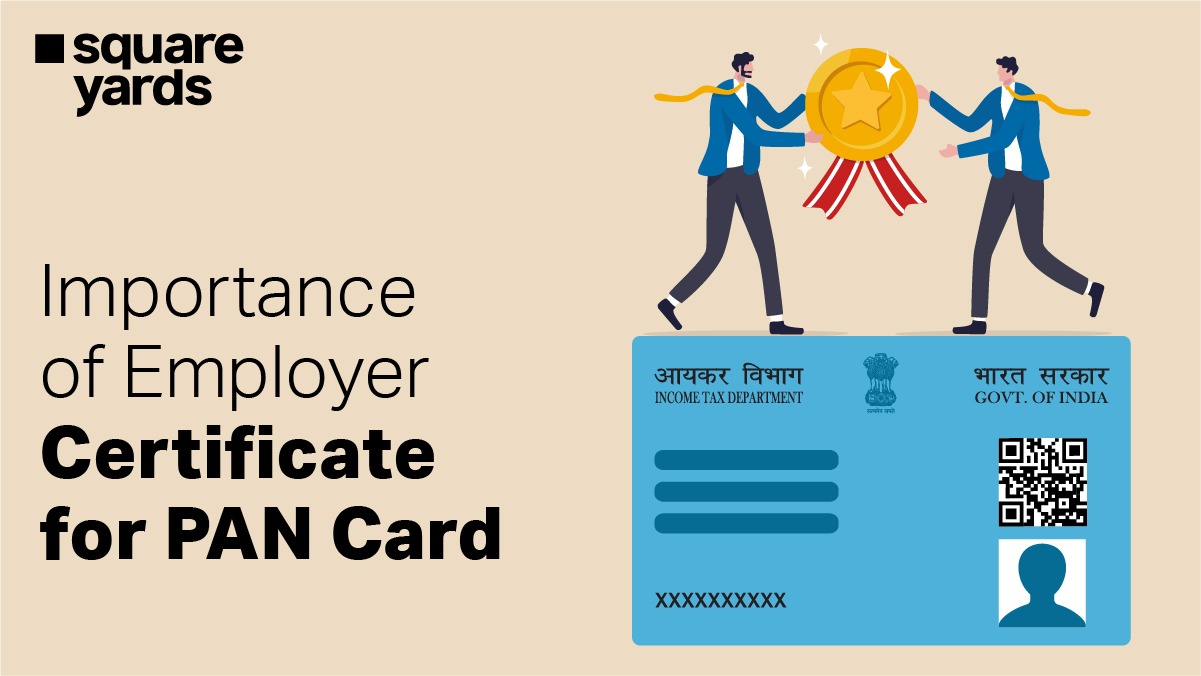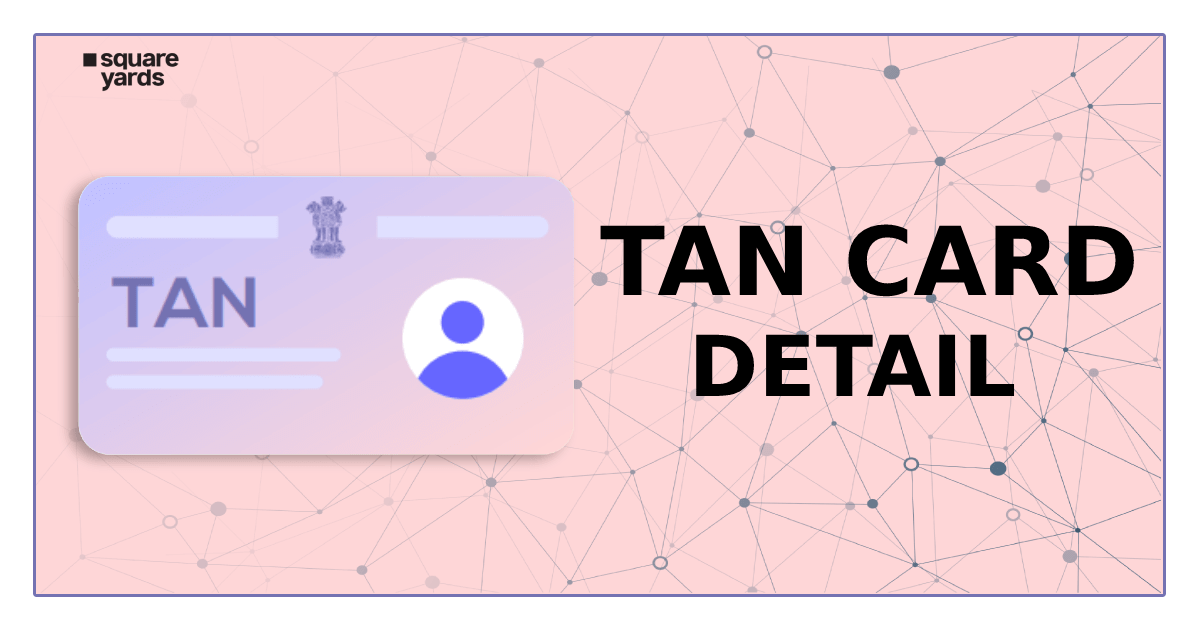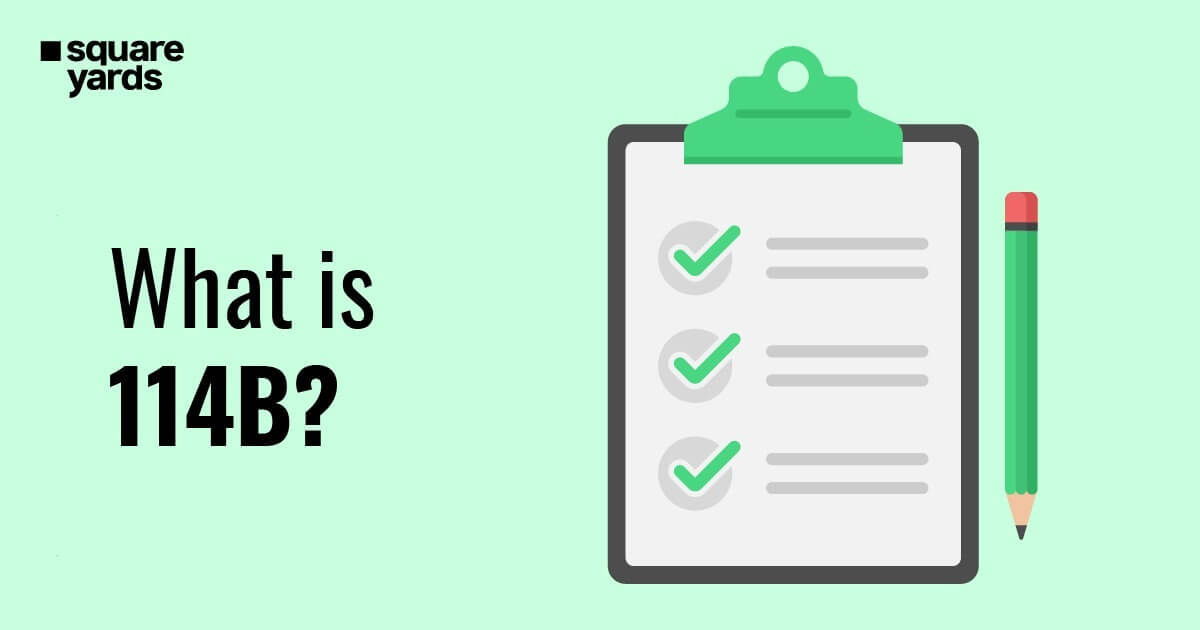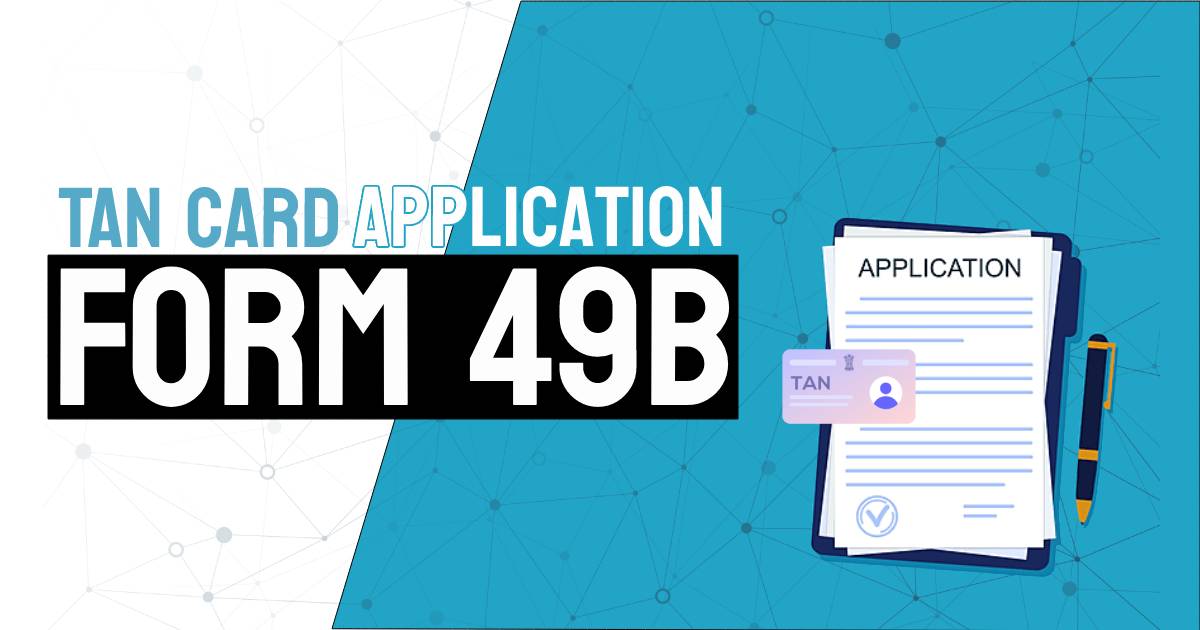When we hear the term ‘Indirect Tax’, the term GST clicks instantly but it did not come without a whirl of revolution in the Indian economy. Yes, its core was to subsume many facets of Indirect Taxes in India. The Indirect Tax is more than that, and this section will help you brush up your basic understanding of Indirect Tax, its features, the benefits (and the downside) it brings to your table.
The government of India brings several types of taxes to the table for individuals. These taxes are split into two categories- direct taxes and Indirect Taxes. While Direct Taxes are the ones levied on the individual’s income, Indirect Taxes are the taxes that are not directly imposed on the payment of an individual but charged on the expense incurred by them.
What is Indirect Tax?
Indirect Tax is a tax charged indirectly on the income earned by an individual instead of the direct imposition. The government charges this Tax on the goods or services but not on an individual’s earnings or profits.
Indirect Taxes bring the levy of rates on the provider of service or the seller of goods. However, the seller or provider passes this charge to the consumer in most cases. The Indirect Tax is levied on the individual title as the seller or goods or the service provider, but they recover it from the buyer.
Eligibility to Pay Indirect Tax
The eligibility to pay Indirect Tax is determined by its type. For instance, the customs duty has to be paid to an importer/ exporter on the goods that have been imported or exported out of India.
On the other hand, excise duty is imposed on goods manufactured in India. However, with GST implementation, the excise duty was subsumed. Still, certain goods fall under the excise law, including tobacco products, natural gas, aviation turbine fuel, high-speed diesel, and petroleum crude.
Then there is GST, the Goods and Service Tax, which maintains the Tax on the supply of goods and services. This one has to be paid by those individuals or businesses who draw a turnover above the prescribed limit.
The government charges indirect Taxes to have a revenue inflow. Every individual who enjoys the final goods and services pays these taxes. Further, these are collected by the manufacturer/ retailer, who acts as an intermediary.
Different Types of Indirect Tax in India
There are multiple types of Indirect Taxes that are exercised in India. However, they all boiled down to one single taxation slab for Indian citizens ever since the GST came into force. Let us read about the different types of Indirect Tax in India here-
1. Service Tax in India
Service Tax is a type of Indirect Tax imposed on the services provided by an entity. The service recipient collects this service tax and deposits it with the Central government. It is to be noted that the Service Tax is applicable on all kinds of services except the ones that are entailed in the Negative list of services. Besides that, Small Scale Service Providers get to enjoy Service Tax Exemption when the total value of services they have provided in the year falls below Rs 10 lakhs.
Excise Duty in India Excise Duty is one of the types of Indirect Tax that is levied on the goods manufactured in the country. The manufacturing becomes taxable here, and the liability for excise duty occurs as soon as the goods have been manufactured. The manufacturer pays this tax on the manufacturing of goods, who delivers it to other customers and recovers it from them. The rules and provisions entailed in the Central Excise Act, 1944 apply for excise duty in India. Also, this Tax is levied by the Central Government.
2. VAT in India
VAT or VAT Added Tax is a tax applicable on the sale of movable goods. VAT refers to a system of taxation based on the multi-point destination as here; the Tax is applicable on value addition at every stage of transaction that comes in the chain of production and distribution. Value addition refers to the boost in the value of goods and services at each stage of production/ transfer of goods. VAT is imposed on the final consumption of goods or services borne by the consumer.
3. Customs Duty in India
Customs Duty refers to the type of Indirect Tax which applies to the goods imported to India. There are also certain events when this Tax is levied on the goods exported from India. The law related to the levy and collections of taxes in the name of custom duty is maintained under the Customs Act, 1962. It brings the levy and collection of customs duty on imports/ exports of goods, import and export procedures, prohibition on importation/ exportation of goods, penalties, offences, etc.
4. Securities Transaction Tax
STT or Securities Transaction Tax is a tax under the Indirect Tax, levied when any sale or purchase of securities is commenced via the Indian Stock Exchanges. These securities include Mutual Funds, Shares, F&O Transactions etc. The prime purpose behind introducing the Securities Transaction Tax was to reduce the Tax levied on short and long term capital gains exempted from the taxation regime. Securities Transaction Tax was brought into the light in the 2004 budget by India and became applicable with effect from April 1, 2004.
5. Stamp Duty
Stamp Duty is yet another type of Indirect Tax imposed by the state government on the transfer of any immovable property within the state. This Tax is also levied on all legal documents. It is to be noted that the stamp duty rates vary from state to state.
6. Entertainment Tax
As the term suggests, Entertainment Tax applies to any financial transaction related to the forms of entertainment, and it is reserved for the state governments. Such forms of entertainment include video games, amusement parks, exhibitions, sports events, celebrity stage shows, arcades etc.
These were the major types of Indirect Taxes. Apart from them, there are various other Indirect Taxes in the country, including Sales Tax, Luxury Tax, Octroi etc.
Features of Indirect Tax
Below mentioned are the notable features of Indirect Tax in India-
- Tax liability: The amount of tax owed by an individual or entity to the government in a given period is called tax liability. In Indirect Taxation, the taxes are paid by the service provider or seller to the government.
- Payment of Tax: The seller pays the Indirect Tax to the government, which is transferred to the consumer.
- Nature: While these taxes used to be regressive, the implementation of GST (Goods and Services Tax) has made them quite progressive.
- Saving and investment: These types of taxes are growth-oriented because they encourage consumers with the save and invest mindset.
- Evasion: One of the essential features of Indirect Taxes is that they are pretty tricky when it comes to tax evasion. It is because they are exercised directly through products and services.
Advantages of Indirect Tax
Here are the key benefits of Indirect Taxes in India-
- Feasibility: Indirect Taxes are pretty convenient and add to no burden given that they only have to pay at the time when the purchase has been made. Besides, it is suitable for state authorities to levy Indirect Taxes as they are collected at the stores or factories directly, which helps save a significant amount of time and effort.
- Hassle-free collection: Indirect Taxes are far easier to collect than direct taxes. These taxes are only collected when the purchases are made.
- Ease for the poor: Individuals earning below Rs.2.5 lakh annually are exempted from the income tax imposition. Since these taxes are collected at the point of sale, every individual, regardless of the taxation slab they fall under, has to contribute to the economy’s development.
- Equitable contributions: Indirect Taxes are associated with the cost of products and services. It means that the necessities welcome lower tax rates, whereas luxury items attract higher tax rates, ensuring that contributions are equitable.
Disadvantages of Indirect Tax
Apart from the benefits, you must also take a look at these below-mentioned disadvantages of Indirect Taxes in India:
- Indirect Tax is generally regressive. For instance, the salt tax is the same for both rich and poor, but when rich individual defaults on the payment, the penalties imposed become higher.
- Indirect Tax charges are cumulative at times which means that the middlemen involved in a point-based transaction system are likely to charge their service tax, and it may conclude to the increase in the overall price of the product.
- Indirect Taxes are not helpful for the industry. Taxes levied on goods and raw materials only increase the cost of production, thus not enabling enterprises to grow, given that their competitive capacity is limited.
Frequently Asked Questions (FAQ’s)
What type of Tax is GST?
GST or Goods and Services Tax is a type of indirect tax that subsumes several indirect taxes such as purchase tax, service tax, excise duty etc.
What are the examples of Indirect Taxes?
A host of taxes fall in the category of Indirect Taxes, including excise duty, sales tax, entertainment tax, securities transactions, VAT, etc.
Is Indirect Tax transferable?
Yes. An individual can transfer indirect taxes to another entity.
Is Income Tax an Indirect Tax?
No. Income Tax is a direct type of Tax.
What is the significant difference between Direct Tax and Indirect Tax?
One of the most differentiating factors between the Direct Tax and Indirect Tax is that the Direct Tax is charged on an individual’s income and activities. In contrast, an Indirect Tax is levied on goods and services.


